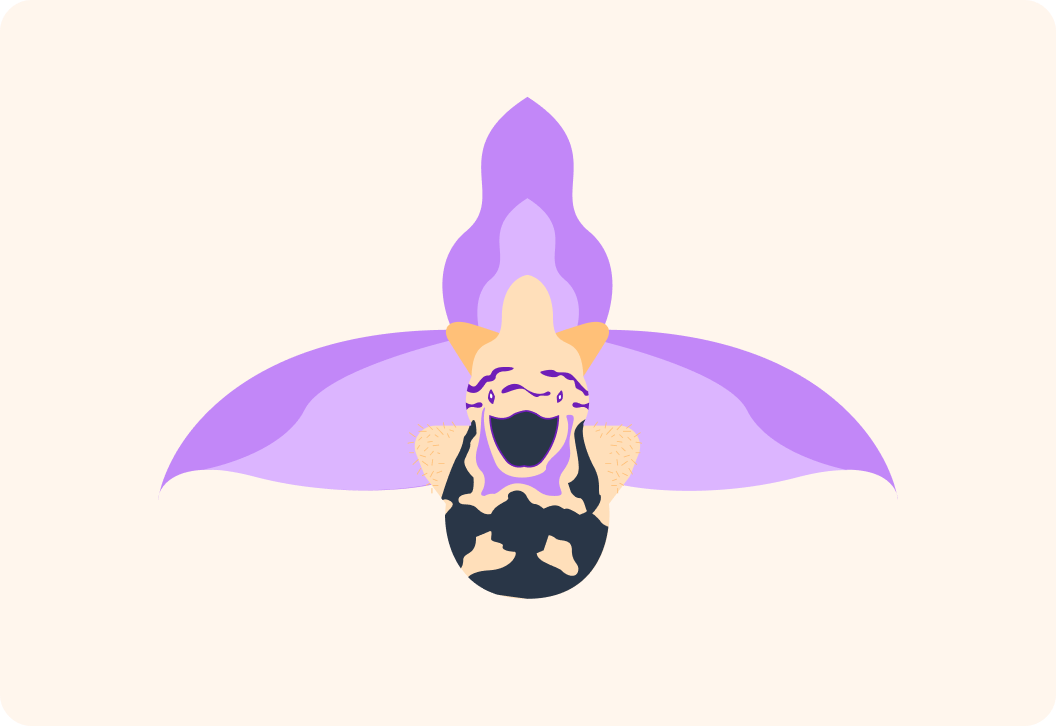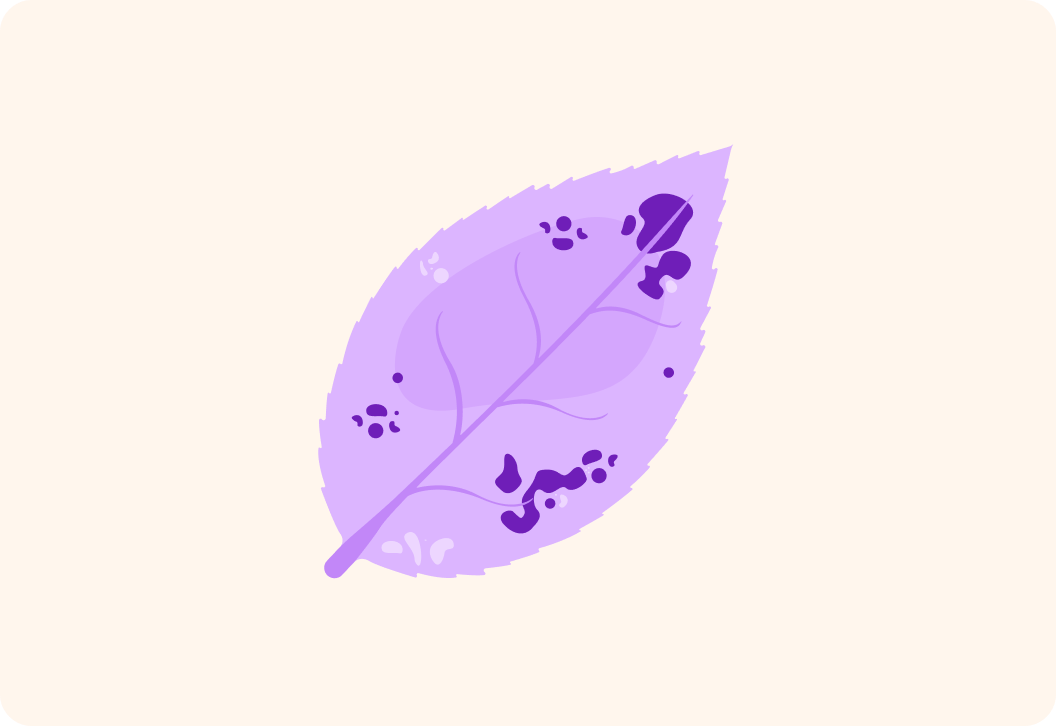YOU ARE LEARNING:
Mechanical Adaptations

Mechanical Adaptations
In addition to barriers against microorganisms, plants have developed mechanical adaptations - physical deterrents to prevent damage from organisms such as pests and herbivores.
Plants experience attack from insects and animals. What do you think are the primary reasons animals attack and damage plants?

You can select multiple answers
Plants have a range of defences against insect and animal attack, like thorns and hairs. What would you think a plant's thorns could be useful for?

You can select multiple answers
Some plants have developed an ability to make their leaves curl and droop. What do you think would be the advantage of this as a defence mechanism?

Insects eat plants and lay eggs on plants. Now, some plants have features that make them look like insects are feeding from them already. What does that mean for the plant?
A) Insects think the plant must be good food, so more insects will join to eat the plant. B) Insects would rather go somewhere without other insects, so the plant will avoid insect attacks.


When plants make part of them look like something it's not...
we call it m****imicry.

What do you think would be the advantage of a plant looking diseased when it's actually healthy?
A) The plant reduces its need for energy (like hibernation) B) Other organisms don't want to eat it or lay eggs on it. C) The plant can manage without photosynthesising.


Plants have evolved mechanical adaptations to help them survive. Thorns stop and kill insects which prevents eggs being laid on them. They also stop animals feeding on them. Some plants also produce little hairs which means that larvae won't be able to feed on the plant. Plants might also make their leaves droop and curl to make them harder for insects to eat or even make it look like insects are already sitting on the plant (mimicry) to make real insects less likely to attack.
